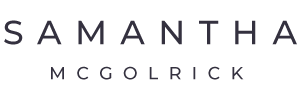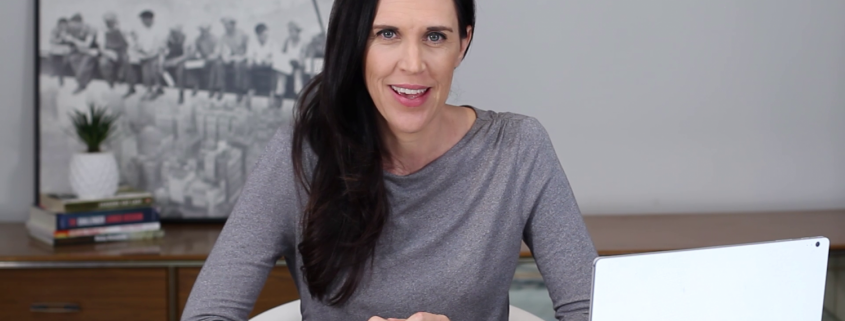This is Part 3 in a 4-part series outlining a phenomenon called “Drift” which has led to the failure of many organizations. Drift can happen without anything breaking, without anybody erring, without anybody violating the rules they consider relevant. I’ll take you through the 2nd ingredient to recognising how drift occurs and some further tips for you in terms of your governance role.
Posts
Our paradigms, mental models and mindsets can insulate us from learning and seeing red flags through what’s called a Reflexive Loop. It’s an unconscious bias that can reaffirm how well our or how ‘right’ our inner voice is, and subconsciously prevent us from listening to alternative ways of understanding things. In this video I’ll explain how the Reflexive Loop works and a tool to expose your assumptions, values and beliefs in a constructive way – FREE GUIDE AVAILABLE.
In this video I’ll explain two paradigms that dominant our boardrooms in terms of the way work gets done and they are influencing the questions board members ask about safety and health, but only one is going to support safe and healthy work and help you make a positive impact.
Designing executive incentives that support safe and healthy work can be tricky. When there is an unavoidable tension between the strategic goals, processes or activities (e.g. production targets and health and safety targets), management needs to clearly identify and actively reinforce their highest priority. So how do you ensure that the priority is health and safety, where there’s a conflict with production / profit? Here are three factors for your consideration when designing executive incentives.
This week I’m exploring the Costa Concordia case and a common misconception that prevents us from really understanding safety.





